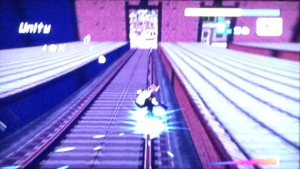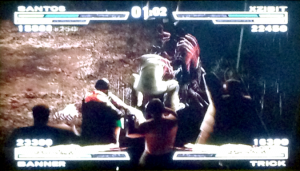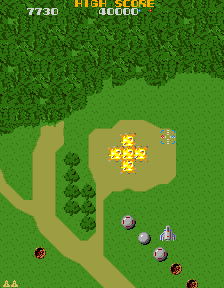245th played so far
Genre: Interactive Fiction
Platform: Apple II
Year of Release: 1980
Developer: Donald Brown
Publisher: None
And now we truly go back in the ages. Text adventures – interactive fiction – with some strong RPG elements. Its special feature isn’t that, however – we’ve had games like Adventure before and MUD was released in the same year. But it did something similar that MUD did as well, but in a different way.
Where MUD encouraged playing together, Donald Brown, when creating Eamon, went in a different direction. The adventures you play through are user-created and you can build your own. The game came with a tutorial/example, after that everyone could share their own. Possibly one of the first examples of user generated content – certainly the first listed in the book and the first that was built for it, predating games like Neverwinter Nights by decades. The question now is, does it still hold up?
Our Thoughts
I actually feel in two minds about this. The game’s goals are interesting – allowing you to create your own adventures, including stuff like defining your own commands and responses to it. I’ve not really played with the tools to do so, but the adventures I got to play were quite interesting. Maybe not as creative with what people came up with later, but it’s generally quite good quality.
And for what it is, it’s good. Rather than a long, involved and complex adventure, the game plays it light and easy, with a focus on shorter, simpler adventures (although that is also up to the creator). You get treasure, get out, sell it and start again, increasing your stats in the progress. A neat idea, predating games like Diablo by a while, and as simple as it is (get better stats, get better weapons, get better armor, all bought with gold) it gives you enough goals to keep you satisfied.
But then there’s the downside. And I feel like I’m to blame for it. You see, we’re not as used to text interfaces anymore. I don’t mind reading, but it’s nice to have pictures to go with it. I can deal with some typing, but too much gets boring, especially when it’s repeated “attack black rat” commands. It’s the repetition inherent in RPGs like this that makes the interface drag. Yeah, there’s exploration and stuff that’s nice, but the battles don’t work here. It was even more boring to watch… I almost fell asleep.
This will improve in future installments, and it’s a interesting step on the path of gaming and user-generated content, but right now, it might not be worth it if you’re not feeling committed.
Final Thoughts
Two text adventures in and I have to admit that I am yet to be impressed. Then again there is still one text adventure that I am looking forward to playing in the future and that’s the Hitchhikers Guide to the Galaxy game which I really hope doesn’t disappoint.









